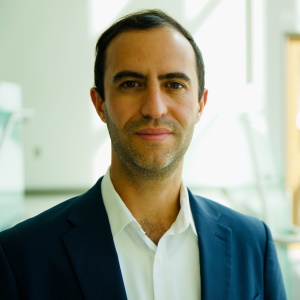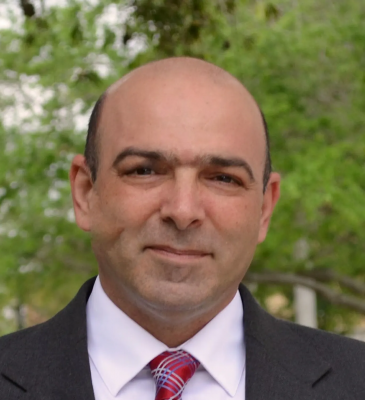Prepared by Distinguished Visiting Professor Robert H. Wilson


Having access to and capacity for using broadband has become crucial to engaging fully in the economic, social, and political life in the US. Whereas residential telephone service was formerly the minimum requirement, the technological frontier has advanced and even basic internet (i.e., not including broadband service) is no longer adequate. Communications with family, friends and communities, access to information, entertainment, personal finance and shopping, and even to many government services, especially health and education services increasingly require access to broadband and an internet compatible device, such as a computer or tablet. Despite this need, a significant share of US residents do not have access in their residence and these shares are particularly high in certain subpopulations, including those of lower income status and special needs but even residents in rural areas. The digital divide refers to the gap or differences in access between the general population and such subgroups.


The Biden administration committed to the expansion of broad-band access in its Internet for All Initiative funded as part of the Infrastructure Investment and Jobs Act in 2021. In the next few years, sizeable federal funding allocations will be made to state governments to reduce the digital divide. At present state governments are preparing proposals for the National Telecommunications and Information Administration (NTIA), part of the US Department of Commerce, that will lead to the expansion of broadband hardware and to enhancing the capacity of underserved population to utilize broadband.

The Connecticut Statement Commission on Educational Technology, the lead agency to develop the state’s Digital Equity Plan, engaged the School of Public Policy to conduct research for the proposal. The team, comprised of Vaughn Crichlow (Director of Research, Institute of Municipal and Regional Policy), Renzo de la Riva Agüero (Assistant Professor), Bob Wilson (Distinguished Visiting Professor) and Ruodan Zhang (Assistant Professor), led by Mohamad Alkardy (School Director), was tasked with scoping the size of the underserved population in Connecticut and identifying factors that interfere with gaining full access. Immediate needs from the Commission as it develops the Connecticut grant proposal include research into barriers to broadband adoption, device access, skill development, and support in the use of technology. These may include digital redlining, pricing barriers, lack of access, lack of choices, distrust of providers, digital competencies and understanding of privacy and security issues. Following the federal requirements, eight potential disenfranchised groups—residents under 150% of the federal poverty level, over 60 years of age, living in rural, racial and ethnic minorities, English language challenges, individuals with disabilities and the incarcerated—are priorities.
The research team employed mixed research methods to address these issues for each covered population. Baseline information on the number of individuals with access to the internet, to broadband, and to internet enabled devices have been estimated using the American Community Survey (aggregation of five years of results), a survey was conducted to obtain detailed information about barriers to usage and multiple focus groups, targeted at covered populations, were conducted to gain an understanding of the actual experiences of individuals attempting to acquire and utilize the internet. The work of the School of Public Policy team will be integrated into the Commission’s proposal for a Digital Equity Plan for the state.